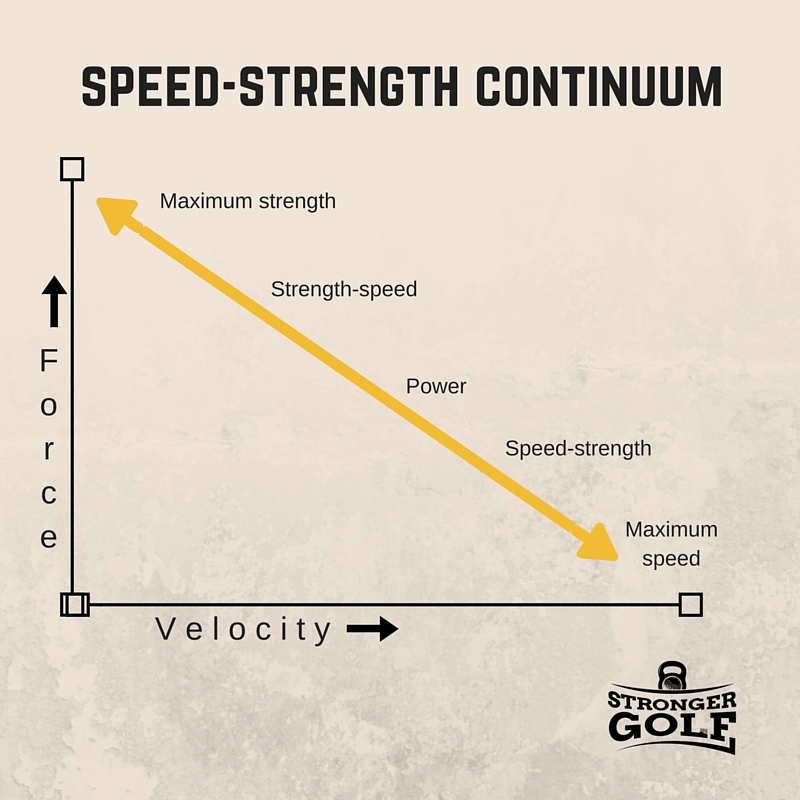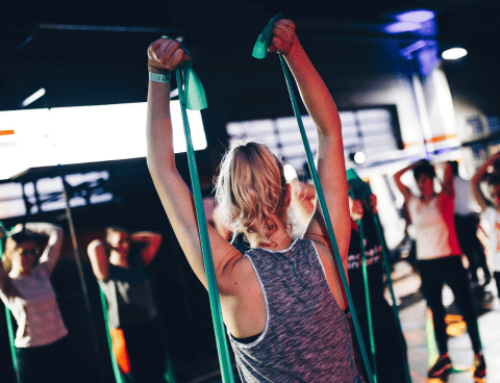To Become an Explosive Athlete, Try High Velocity Core Training
There’s been a huge increase in core training knowledge over the last 10 to 15 years. Thanks to the work of spine biomechanics expert Stuart McGill and others, we know the core’s importance in spinal stabilization, and that its main function is to resist movement. This is where the whole idea of anti-extension, anti-flexion and anti-rotation core training comes from. And unless low back pain and degenerative disk issues sound fun, hopefully you’ve adopted this approach.
This “anti” movement training has another vital function for sports—to transfer force efficiently
Imagine throwing a tennis ball against a concrete wall. The ball rebounds at something pretty close to its speed when it hit the wall. Now imagine putting a foam pad on the wall and throwing the ball against that. The ball doesn’t rebound anywhere near as far or come off the wall anywhere near as fast. That’s because the foam absorbs energy. To put it another way, energy leaks from the ball.
If you want to be fast, cut hard, hit far or throw fast, you need to transfer force efficiently like the concrete wall. Think of your core as needing to minimize any power leaks in your spine, so you can effectively transfer force from the ground up. In practice, this means your core must be stable and properly positioned even with change and high velocity.
Exercises like Planks, Side Planks and Pallof Presses, when executed correctly, do a great job of promoting proper core position and stability against lateral, rotational and extension forces on the spine. The progressions of Rollouts, Dead-Bugs, Pallof Press to Overhead Reaches, Single-Arm Carries and Side Planks with Row, help achieve core stability during movement.
The Need for Speed
The principle of specificity requires that you train not only for movement and direction of force, but also for velocity. Take a look at the speed/strength continuum pictured here:

Most “non-contact” or throwing/hitting sports lean heavily in the direction of high-speed, low-force activity. Force relates to the weight of the implement. The heavier the weight, the higher the force when it’s moved. Powerlifters use a lot of force, whereas golfers and baseball players are more concerned with speed. Most sports sit toward the speed end of the continuum, so it makes sense to train the core for speed. Two of my favorite options for high velocity core training are Half-Kneeling Med Ball Chops and Tall-Kneeling Med Ball Overhead Throws. They teach the core to stabilize in the presence of high velocity rotational and extension and flexion forces, respectively.
Half-Kneeling Med Ball Chop
Tall Kneeling Med Ball Overhead Throw
RECOMMENDED FOR YOU
MOST POPULAR
To Become an Explosive Athlete, Try High Velocity Core Training
There’s been a huge increase in core training knowledge over the last 10 to 15 years. Thanks to the work of spine biomechanics expert Stuart McGill and others, we know the core’s importance in spinal stabilization, and that its main function is to resist movement. This is where the whole idea of anti-extension, anti-flexion and anti-rotation core training comes from. And unless low back pain and degenerative disk issues sound fun, hopefully you’ve adopted this approach.
This “anti” movement training has another vital function for sports—to transfer force efficiently
Imagine throwing a tennis ball against a concrete wall. The ball rebounds at something pretty close to its speed when it hit the wall. Now imagine putting a foam pad on the wall and throwing the ball against that. The ball doesn’t rebound anywhere near as far or come off the wall anywhere near as fast. That’s because the foam absorbs energy. To put it another way, energy leaks from the ball.
If you want to be fast, cut hard, hit far or throw fast, you need to transfer force efficiently like the concrete wall. Think of your core as needing to minimize any power leaks in your spine, so you can effectively transfer force from the ground up. In practice, this means your core must be stable and properly positioned even with change and high velocity.
Exercises like Planks, Side Planks and Pallof Presses, when executed correctly, do a great job of promoting proper core position and stability against lateral, rotational and extension forces on the spine. The progressions of Rollouts, Dead-Bugs, Pallof Press to Overhead Reaches, Single-Arm Carries and Side Planks with Row, help achieve core stability during movement.
The Need for Speed
The principle of specificity requires that you train not only for movement and direction of force, but also for velocity. Take a look at the speed/strength continuum pictured here:

Most “non-contact” or throwing/hitting sports lean heavily in the direction of high-speed, low-force activity. Force relates to the weight of the implement. The heavier the weight, the higher the force when it’s moved. Powerlifters use a lot of force, whereas golfers and baseball players are more concerned with speed. Most sports sit toward the speed end of the continuum, so it makes sense to train the core for speed. Two of my favorite options for high velocity core training are Half-Kneeling Med Ball Chops and Tall-Kneeling Med Ball Overhead Throws. They teach the core to stabilize in the presence of high velocity rotational and extension and flexion forces, respectively.













